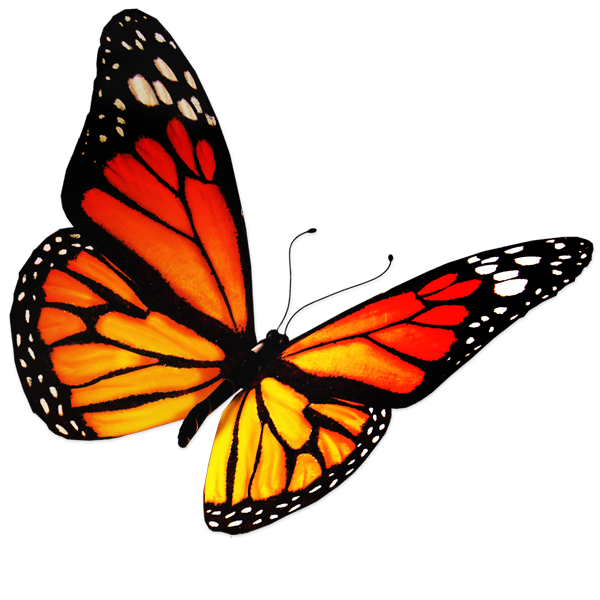Beauty is indeed in the eye of the beholder. By definition, a weed is a plant that is not valued where it is growing. Chicory is commonly called a weed by many people, while others regard it as beautiful and useful. It has a rich history and is widely used today for many things. This […]
Read moreYou have probably seen this native flower in bloom recently throughout our Great Parks, and may know it by many names. Commonly called spotted jewelweed, orange jewelweed, orange balsam or spotted touch-me-not (Impatiens capensis), there is also a yellow variety (Impatiens pallida) that is referred to as pale jewelweed, yellow jewelweed or pale touch-me-not. The […]
Read moreAmphibians have been having a pretty hard go of it lately. Numerous studies have shown that worldwide amphibian populations are on the decline. Worse yet, in May the US Geological Survey released a study that supports this worldwide trend and indicates that US amphibian populations, even ones previously thought to be stable, are also declining. […]
Read moreI have come to know Cincinnati for all its great things: Great Parks of Hamilton County, the Zoo, Museum of Art and an alive and bubbling downtown. I have also come to know the not-so-great things of Cincinnati: frustrating traffic, occasional flash floods and flooded basements. If you have a home in Cincinnati that has […]
Read moreThere is more than meets the eye to the adder’s tongue fern (Ophioglossum vulgatum). At first glance you might not guess that it’s even a fern. Lacking the typical delicate-looking leaves of other ferns we’re used to seeing, it has an odd spore-bearing stalk that is unique to its family (the Ophioglossaceae). It is from […]
Read moreWe’ve written briefly about butterfly weed (Asclepias tuberosa) before, but this is a plant that really gets a second look. As an ornamental, it’s exceptionally gorgeous with brilliant orange blooms that last for much of June and July. It’s also far from fussy and will thrive in hot, dry, nutrient-poor sandy soils. As its Latin […]
Read moreWhen most of us picture an endangered species, we tend to think of animals like cheetahs, bald eagles and rhinos. These are all large, poster-worthy animals that live in far-off exotic places and easily capture our imagination. The problem with this is that we often don’t consider the species in our own backyards that also […]
Read moreHere we have the lion’s mane fungus (Hericium erinaceus). Often found growing on hardwood logs, such as downed beech or oak trees, it is one of the easier wild mushrooms to identify. This one was found at Miami Whitewater Forest. Its very fuzzy appearance (this one isn’t quite mature yet, and some of them can […]
Read more
